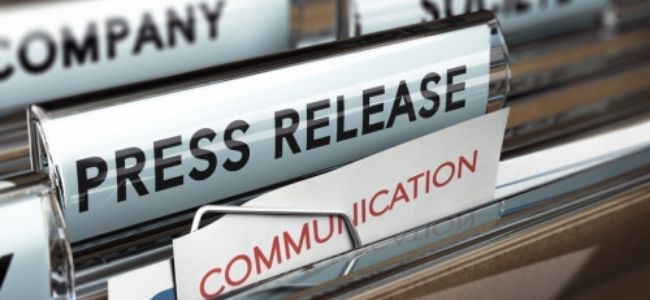Have your written a press release before? Are you about to? Well, before you do, you should probably read this to the end.
A press release can be written quickly and easily. However, that does not mean it will come out well.
In any case, in this article, we will cover how you can write a press release that sounds professional.
So keep reading to learn more.
Essential Is Critical
Businesses often make their press releases sound like a self-imposing congratulation that journalists will often discard and completely ignore. Your in-house charity tennis match might mean a lot to your team, but not to a journalist.
This is best left for internal discourse, your partner newsletter, and social media. But if the event you’re illustrating is boring and no interesting to a broader audience, your press release is useless.
For the news to be useful, your press release has to be like a story itself. You must have already covered the five questions so that they don’t have to.
- Who?
- Where?
- What?
- When?
- Why?
If your release covers them, you will have provided the necessary information that the journalist needs to finish the story. And that’s the first step to getting your message to the public.
The Basics Of A Press Release
Start with a catchy title, it should sum up the contents of the press release. Then answer the first five questions in the first paragraph. A journalist doesn’t have time to search for the message, if it’s not clear, it’s not worth it.
Incorporate quotes that are central to your story. Quotes have flexibility, they do not have to be verbatim. They are used to advance the message, support it, and underscore its importance in the event that promoted the press release anyway.
If you’re unsure if your press release is well-written or clean, or you fear it’s boring, test it by reading aloud. It must flow and be pleasant upon the ear. If you lose your train of thought and confused about the message, you will hear it in when reading out loud.
When you do hear it, it’s an indication that you should go back and re-write. At the least, edit it.
Format Principles
Press releases often have a standardized format. Journalists rely upon this. It should be in third-person, and it should begin with the name of the city in which the piece is originating from, as well as the issue date.
There are several options for this. For instance, for immediate release means anybody can share it whenever the release has been issued.
Whereas, under embargo means the information is released to journalists who can only release it at a specific time and date issued by you.
In some cases, you want to give certain outlets and publications special access to the information before you even release the story to the press.
No guarantees exist for even the exceptionally-compiled release. Therefore, don’t expect that it will certainly be acquired by mass media, and turned into viral news. But if the event is interesting, if you covered the five questions, if the press release is a story within itself, your rate of success is most likely to be increased tremendously.
Here is some more practical advice for your press release.
Good Headline = Attention
The start of your press release, like any other book, pamphlet or article is very important. A powerful headline is critical to pulling in journalists who seek a good story. The headline should be accurate and engaging.
Get to the Point
Reporters are busy, so you must assume that they read a bit and scan the rest. Even then, that’s a very overgenerous assumption. Get the message out quickly. Each important point should be addressed in the beginning. The paragraphs should be supporting the rest of the information.
Hard Numbers
It’s easy to compile a vivid and creative narrative. However, leave the art to the writers, pack the release with hard numbers which support the importance of your announcement. If you’re claiming trends, provide proof to back it up. Quantify your points and it will become more captivating.
Flawless Grammar
Proofread your releases. Let others proofread it as well. Even a single mistake can make a reporter pass you by.
Quotes When Possible
Quotes are vivid, and cannot be replicated. A good human quote can provide a very necessary real element to the nature of your release. It can also be a great source of information for articles that are not quantifiable.
Contact Info
Many press releases are rendered ineffective if no contact information is provided. Somebody has to be the point of contact, so don’t forget to include a phone or email. Reporters don’t have time to look for you. Learn how to send a press release, as that also matters.
1 Page, 2 Tops
The shorter, the better. However, one page is perfect. Limit yourself to one, but two is also acceptable. By limiting yourself, you force the condensation of value into a readable document. Journalists love byte-sized information.
Press Release Done Right
Now that you know how to write a press release that is professional, you are well on your way to mitigate any mistakes you might have made in the past. As long as you follow the principles outlined in this article, you will avoid the common pitfalls that make other press releases void of attention.
If you’re interested in learning more about similar topics, feel free to check out the rest of our filtered articles.


